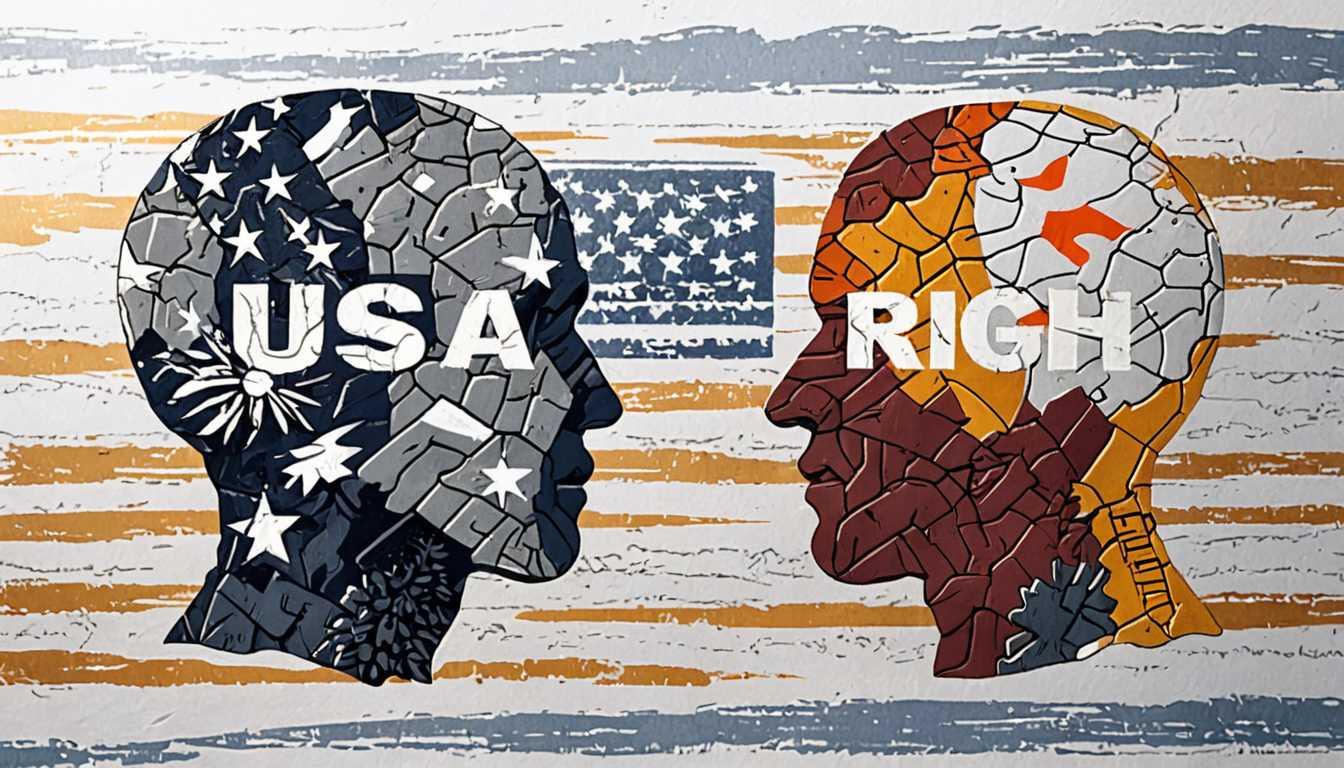YouTube: Your Choices, Not Codes
February 2024
University of Pennsylvania
Introduction
Think YouTube's just for cat videos and gaming streams? Think again! A study from the University of Pennsylvania reveals a twist in the tale of YouTube's algorithm and our political views. Turns out, it's not the algorithm leading us down the rabbit hole of radical content, but our own choices steering the ship. With bots mimicking real users, researchers uncovered that our clicks are more about personal preference than algorithmic persuasion. Dive into the details and debunk the myths with this eye-opening read!
READ FULL ARTICLEWhy It Matters
Discover how this topic shapes your world and future
Navigating the Waves of Digital Influence
Imagine sailing in the vast ocean of YouTube, where every video you watch is a wave pushing you towards your next destination. Now, think about how you choose where to sail. Is it the wind (YouTube's algorithm) guiding you, or your own map (personal interests)? Recent studies, like the one from the Annenberg School for Communication, reveal something fascinating: it's mostly your map charting the course. This matters because in a world where about a quarter of Americans get their news from YouTube, understanding the forces that influence what we watch is crucial. It's not just about knowing which videos pop up next; it's about understanding our role in this digital ecosystem. This topic connects to you because every click you make is a decision, shaping not just your YouTube journey but also your understanding of the world.
Speak like a Scholar
Algorithm
A set of rules or instructions given to a computer to help it make decisions. In YouTube's case, it decides which videos to recommend to you next.
Partisan
Strongly supporting a particular political party, group, or cause. For example, videos that are very pro-one political party are considered partisan.
Metadata
Information that provides details about other data. For YouTube videos, this could include the title, description, tags, and more, helping you understand what the video is about before you watch it.
Recommender System
A specific type of algorithm used by websites like YouTube to predict and show you content you might like based on your past behavior.
Counterfactual
Imagining what would happen under different circumstances. In this study, "counterfactual bots" are used to explore what videos get recommended if user preferences are ignored.
Partisanship
The degree to which something (like a video or news article) shows bias towards a specific political stance or party.
Independent Research Ideas
The psychology of choice in digital platforms
Investigate how the illusion of choice on platforms like YouTube affects our perception of control over our viewing habits and decisions.
Cultural impact of recommender systems
Explore how YouTube's recommendation algorithm influences cultural trends and the global spread of certain types of content, such as music or memes.
Algorithmic bias and echo chambers
Study how algorithmic recommendations can reinforce existing beliefs and create echo chambers, leading to a more polarized society.
The role of metadata in content discovery
Examine how the metadata of a video (like tags, descriptions, and thumbnails) influences its visibility and popularity on YouTube.
Changing tides - The "forgetting time" of algorithms
Investigate the concept of "forgetting time" in recommendation algorithms and its implications for users trying to change their content consumption habits.
Related Articles

Social Media's Election Impact Unveiled
July 2023
Princeton University

Imposters Unveiled: Twitter's Celebrity Fakes
June 2023
MIT Technology Review

Brains Wired for Bias: A Political Divide
July 2023
Brown University

Brains, Bias, and Politics Unveiled
May 2021
Brown University

Election Forecasts: A New Dawn
March 2023
Harvard University